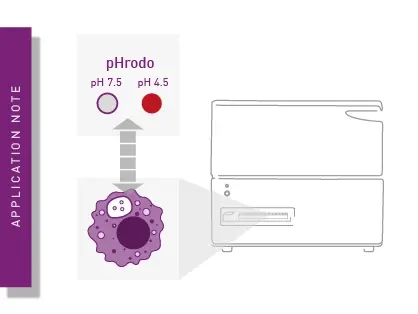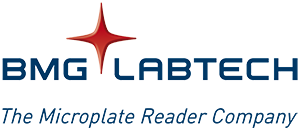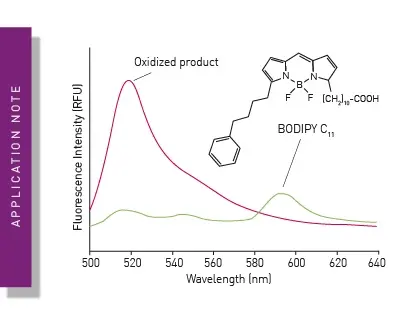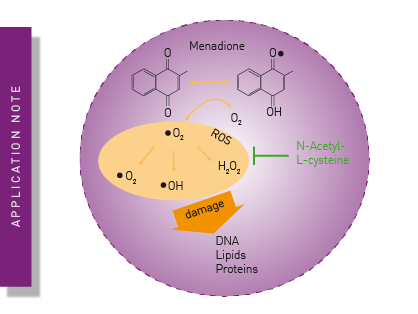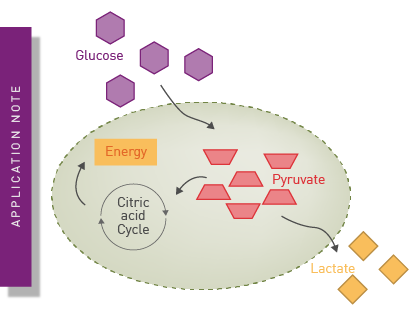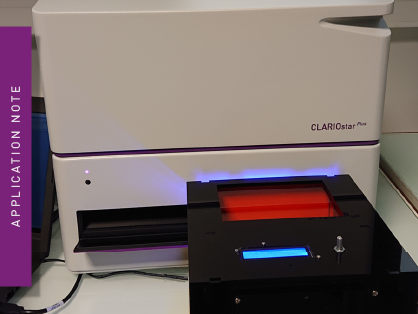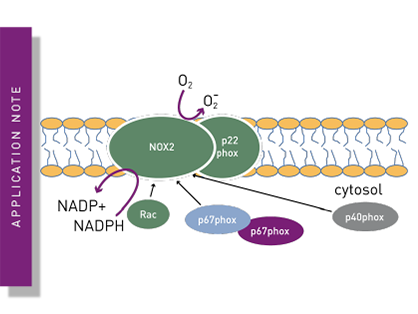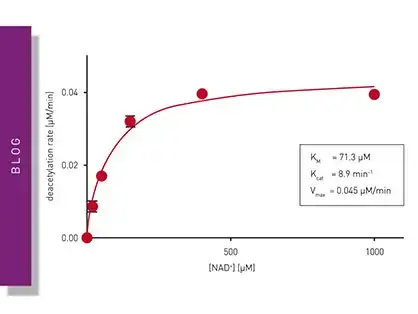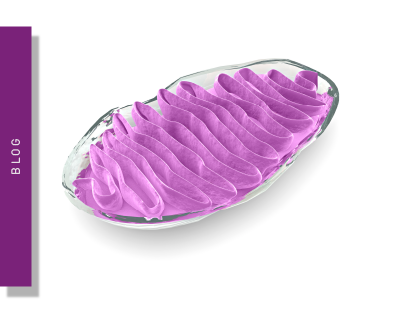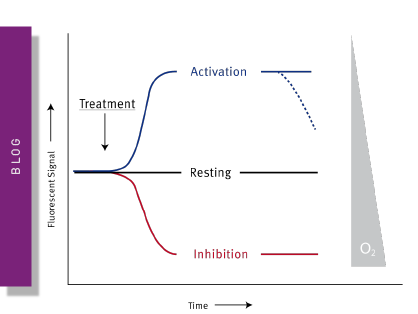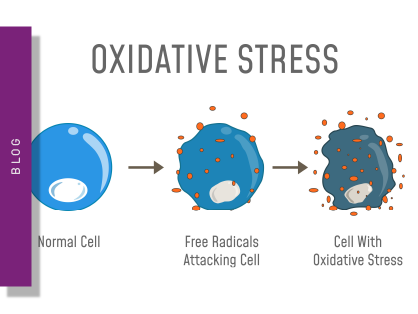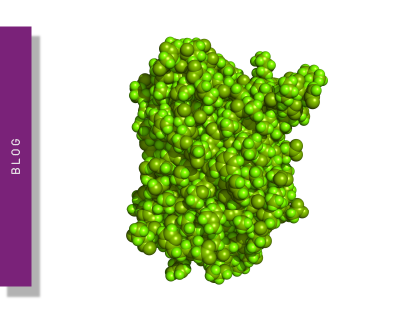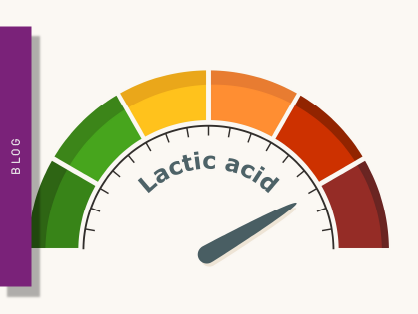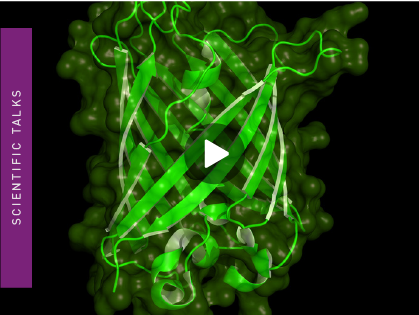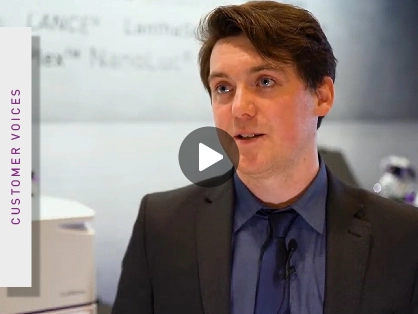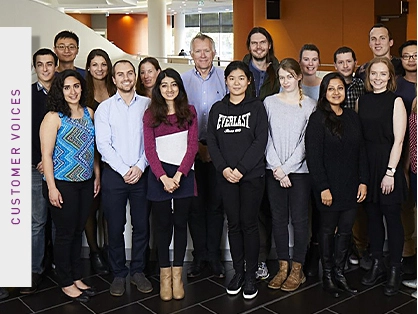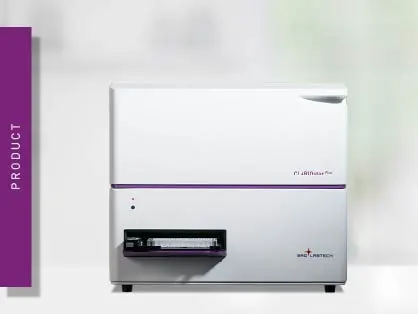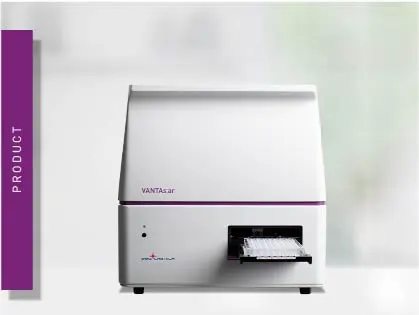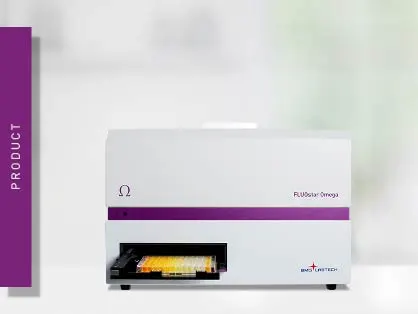Metabolism spans complex interconnected chemical reactions
Metabolism includes all chemical reactions responsible for the conversion of substances in living organisms (eukaryotes and prokaryotes). These conversions are catalysed by enzymes and enable the production, degradation, and maintenance of the biological structure of an organism as well as the generation of energy which is crucial for ensuring its functionality. Microplate readers make metabolic research more accessible than ever before.
Metabolic research aims to expand our understanding of the human body`s physiology and its metabolism. This knowledge in turn is crucial to identify and understand the origins of metabolic disorders and diseases. Identifying the cause and targets of such diseases allows the design, development and screening of new potential drugs and therapeutics for their treatment.
The investigation of metabolism requires methods which can be used to monitor enzymatic reactions as well as the levels of different metabolites. Due to their flexibility and sensitivity, microplate readers offer the perfect measurement platform for metabolic studies.
In metabolic research, enzyme activity is generally used as biomarker for investigating metabolic events or diagnose a pathological condition. Here, measuring the catalytic activity of a target enzyme of interest is also used to screen for inhibitors which can modulate its activity. Enzyme activity assays are very diverse and often require specific detection modes dependent on their readout. Examples such as the detection of tyrosine kinase activity in AlphaScreen mode or the comparison of thioredoxin activity in cortical neuron and glial cells emphasise the usability and flexibility of microplate readers for this purpose.
The detection of metabolites is another important aspect of metabolic research. Monitoring metabolite levels allows to assess their synthesis, conversion, or degradation. While classic quantification assays such as ELISAs for the detection of NADH/NADPH conversion, HTRF assay for insulin quantification or HTRF-based cortisol quantification are widely used, novel techniques that allow the quantification of metabolite modifications, such as the post-translational phosphorylation of ERK1/2, p38αβγ and STAT3, are getting more and more prominence.
While many of these experiments can be performed with in solution, the dedicated cell culture features of BMG LABTECH microplate readers enable the monitoring of metabolic activity in cell-based assays under more physiological conditions. Experiments such as the monitoring of insulin granule packaging in live cells or measuring of mitochondrial function and glycolytic flux, provide great examples how microplate readers can be used to investigate advanced metabolic questions. Luminescence-based assays like the Glucose-Glo or Lactate-Glo represent an easy and very sensitive approach to study glucose consumption. Others like and ROS-Glo and P450-Glo help to study the generation of reactive oxygen species in a cell-based setup or the oxidative metabolism of different chemicals.
